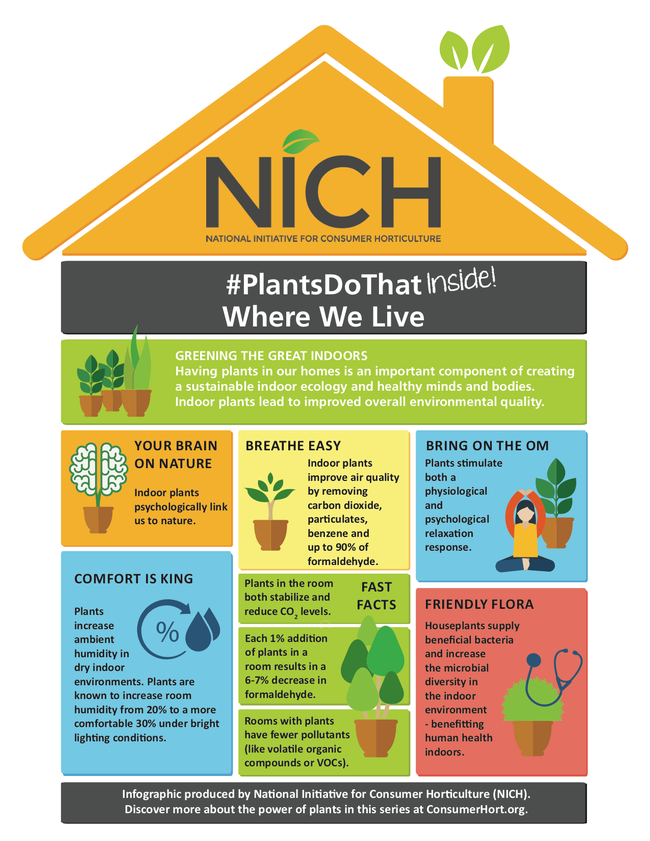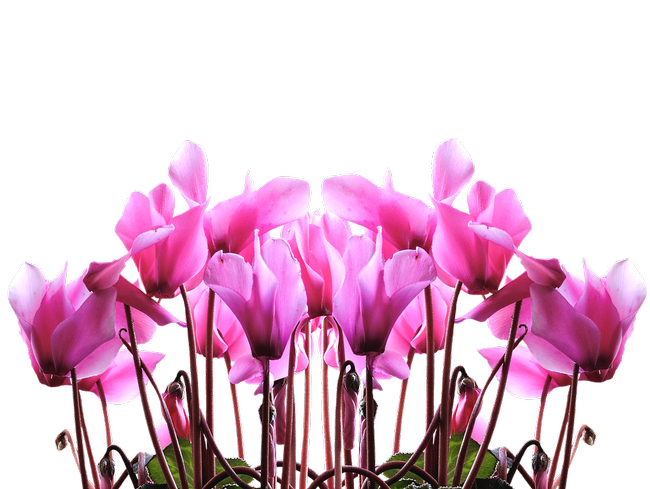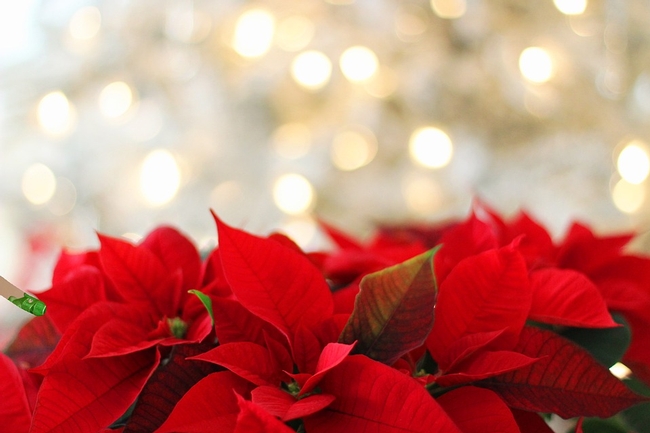- Author: Martha Martin
The third week of September is National Houseplant Week! According to the National Initiative for Consumer Horticulture, having plants indoors can be helpful. Please enjoy this article about houseplant aesthetics from one of our UC Master Gardeners.
You might live in a manse or cottage. You might consider yourself a minimalist or mid-century modern. Traditional labels become a verbal veneer when arranging houseplants. This article's focus is not on the care* of house plants or their cultural requirements. Rather it concentrates on the art of displaying house plants effectively. It reflects a potpourri of aesthetics, functionality, style, elegance, and personal preference.
Prior to entering your abode, carefully inspect the plant for potential problems. Co-mingling with existing plants comes after the plant is isolated for 2 plus weeks. During this time check for “unwelcome varmints.” Once it is determined the plant is pest free, visualize a striking and aesthetically pleasing location.
Fundamental design principles are interrelated to create harmony and cohesiveness. Emphasize the importance of a focal point in a visual arrangement. Spacing plants by focus allows a contrast in proximity, size, color, texture and shape. Just as gardeners are differentiated by appearance, plants and their containers offer varied perspectives by how they look and feel. Texture contrast is found on the leaf, the plant itself, the container and the stylistic home décor to which it enters.
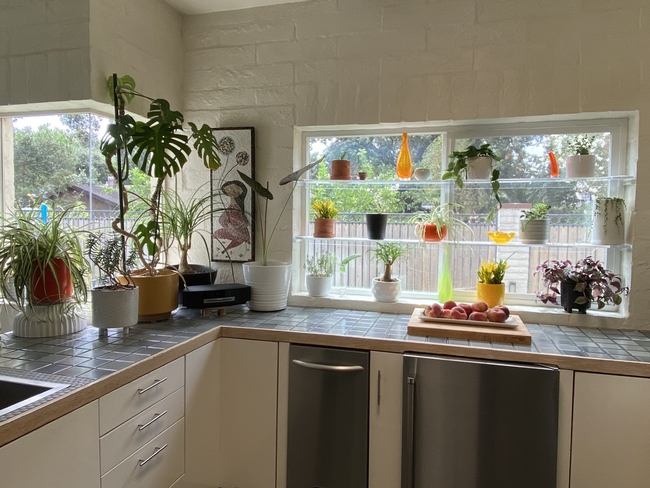
Gardeners come in all shapes and sizes. When thinking of a house plant, choose a plant for leaf shape and the plant's configuration itself. Uneven lines of plants, whether vertical, descending, fleshy or sprawling, are softened by the design and type of container used.
In your home you may discover an empty white space with no visual elements. These visual blank canvases allow a grouping of plants to showcase their distinct beauty while maintaining ordered space between specimens.
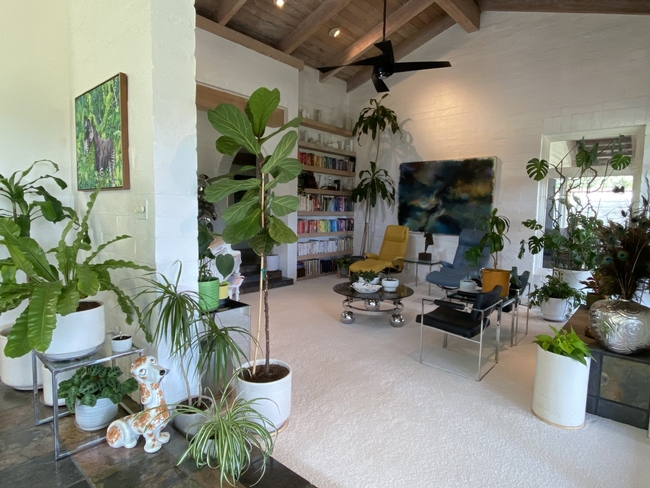
As with gardeners, opposites attract. Contrast plants by differentiating color, texture, shape, and size to achieve subtle drama. Repeating patterns in both species and containers creates cohesiveness, balance, and unity. Without variety, gardens and indoor décor could become stodgy and dull. Intermingling differing objects with indoor plants achieves unexpected creativity.

Beauty is indeed reflected in the eyes of the beholder. Eclectic beauty moves side to side, up and down, chunky to narrow, trailing to vertical. Choice is freedom to create a unique, personalized aesthetic enhanced by house plants.
*To learn more about houseplants and download and/or print a handout on them, visit https://cestanislaus.ucanr.edu/Gardening_Publications/ and scroll to the bottom of the page.
Martha Martin has been a UC Master Gardener since 2022.
- Author: Ed Perry
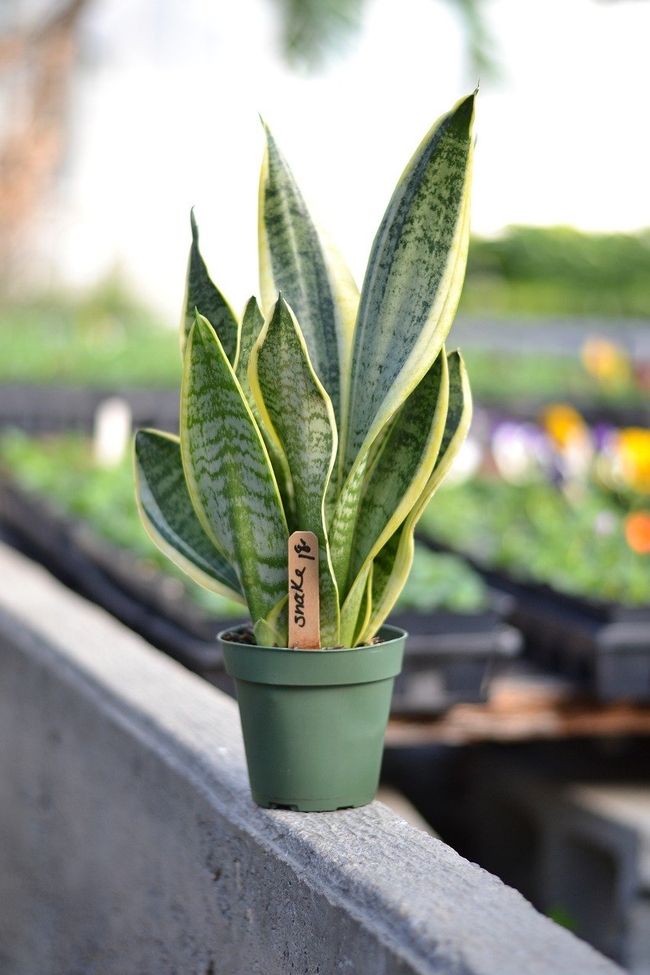
When thinking about light levels for indoor plants, consider light intensity, duration and quality. Light intensity influences the manufacture of plant food, stem length, leaf color and flowering. For example, a plant that needs bright light that is grown in low light tends to be spindly with light green leaves. A similar plant grown in bright light would generally be shorter, better branched and have longer, darker green leaves.
The distance the plant is from the light source and the direction the windows in a home face determine the light intensity a houseplant receives. Southern exposures have the most intense light. Western and eastern exposures receive about 60 percent of the intensity of southern exposures, while northern exposures get only 20 percent of the light of southern exposures. Light intensity is also affected by the presence and type of curtains, the weather, shade from buildings or trees, the cleanliness of the windows and the reflectiveness of the surroundings.
When a plant gets too much direct light, the leaves become pale, sometimes sunburn, turn brown and die. During the summer, houseplants need to be protected from too much direct sunlight.
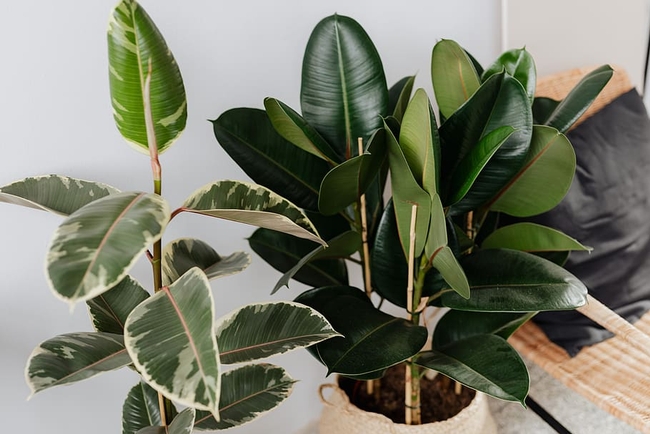
Flowering plants require higher light levels for the development of good flowers. These plants grow best where they receive direct sunlight for at least half a day. Placing them near windows with an eastern exposure usually suits them best.
Here are some suggestions of houseplants for various light situations taken from the UC Master Gardener Handbook.
Low Light Plants
| Common Name | Botanical Name |
| Corn Plant | Dracaena fragrans |
| Parlor Palm | Chamaedora elegans |
| Pothos* | Epipremnum aureum |
| Snake Plant | Sansevieria trifasciata |
Medium Light Plants
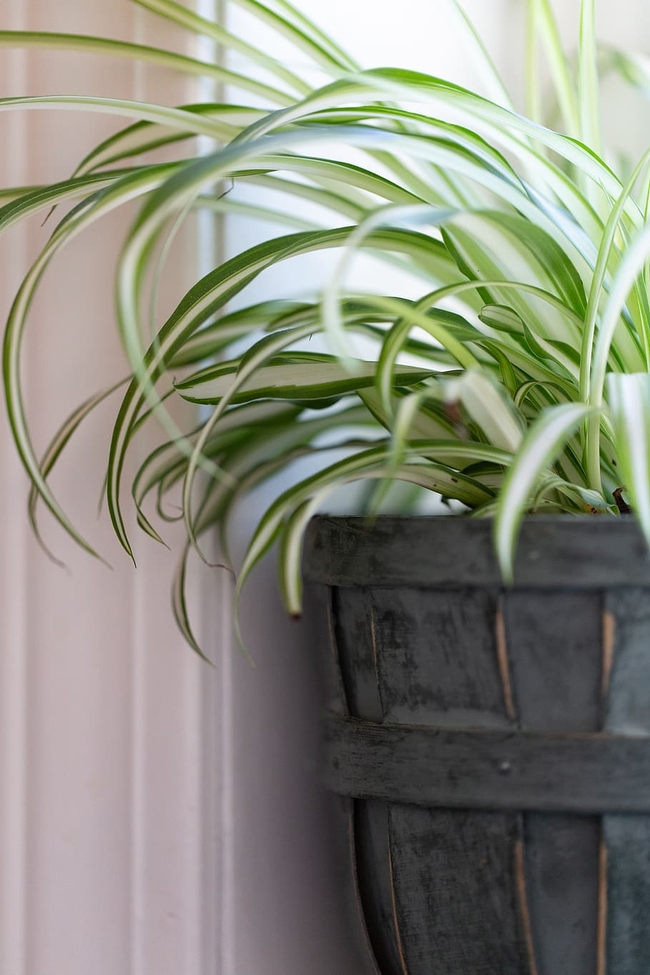 Spider plant. (pxfuel.com)
Spider plant. (pxfuel.com)

| Common Name | Botanical Name |
| Peperomia (species) | Peperomia or Pellionia |
| Rubber Plant | Ficus elastica |
| Schefflera | Schefflera actinophylla |
| Swedish Ivy/Creeping Charlie | Plectranthus australis |
Bright Light
| Common Name | Botanical Name |
| Christmas Cactus | Schlumbergia bridgesii |
| Spider Plant | Chlorophytum comosum |
| String of Hearts | Ceropegia woodii |
| Zebra Plant | Aphelandra squarrosa |
*These plants are poisonous, keep away from kids and pets.
Ed Perry is the emeritus Environmental Horticultural Advisor for University of California Cooperative Extension (UCCE) in Stanislaus County where he worked for over 30 years.
- Author: Ed Perry
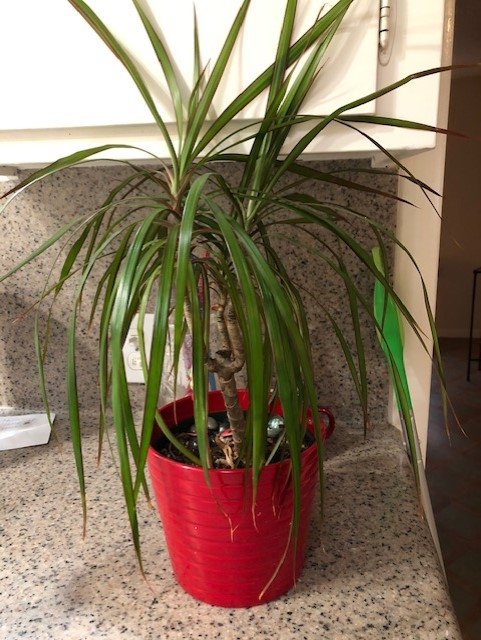
Soluble salts are naturally occurring minerals, such as sodium, chloride, boron, calcium, and magnesium, that are dissolved in water. Some of the water in Stanislaus County has relatively high levels of certain salts, but in general, all water has some salt. Fertilizer dissolved in water also turns into a soluble salt. After water evaporates from the potting soil, the salts stay behind. Eventually, an excessive amount of salt may be absorbed by the roots, move upward in the plant, and concentrate in the leaves, causing tip burn. As salts in the soil become more concentrated, plants find it harder and harder to take up water. If enough salt accumulates in the soil, the water absorbing root tips are killed, and the plant begins to wilt and drop leaves.
To combat this problem, be sure you water correctly. Water plants enough so that some water moves through the soil and out the pot's drain hole. Then empty the drip plate. Do not allow the pot to sit in water. If drained water is reabsorbed by the soil, the salts that were washed away are taken back into the soil. The process of removing soil salts is called “leaching.”
It's a good idea to leach your house plants every two or three months. To do this, water the soil thoroughly, as you usually would. Then, after about five minutes, water again, letting excess water flow out the bottom drain holes. The first watering dissolves the salts, and the second washes the salts out of the soil.
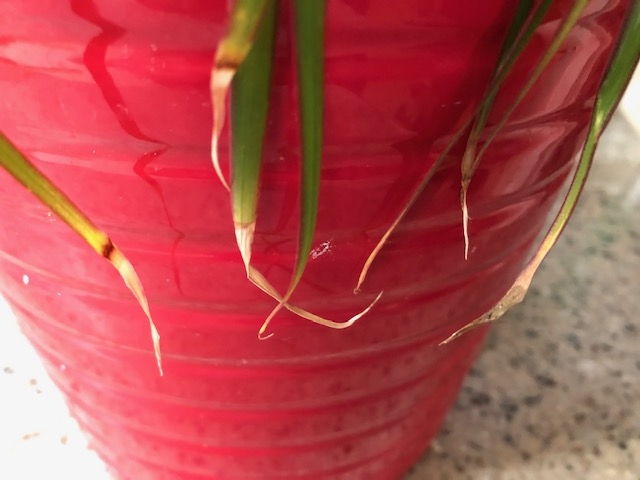
For more information, consult the UC IPM Pest Notes: Houseplant Problems.
Ed Perry is the emeritus Environmental Horticultural Advisor for University of California Cooperative Extension (UCCE) in Stanislaus County where he worked for over 30 years.
- Author: Ed Perry
When you think of traditional plants that represent the Christmas season, the poinsettia automatically comes to mind. Other plants also can be used indoors to provide seasonal color, including the cyclamen. With its striking red and white flowers, the cyclamen makes quite an impact, especially when placed around taller poinsettias. In order to look its best during this season, the cyclamen must be given proper care.
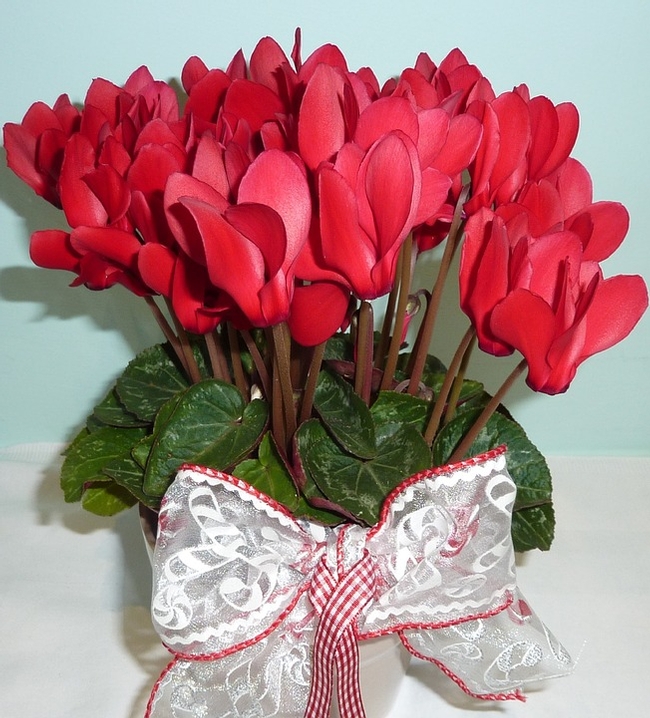
You should place cyclamen in a cool, well-lighted area, but not in direct sunlight. An ideal exposure is an east window where the plant does not touch the glass, and where temperatures are 50 degrees F at night and 60 to 65 degrees F during the day. Cyclamen requires moist soil and good drainage. When watering, use lukewarm water, taking care to keep the water off the foliage and crown of the plant. Don't allow the plant to stand in water for very long, as the roots may rot. You can keep the plant from standing in water by placing gravel or broken pieces of pottery in the tray beneath the pot. The plant should be watered so that the soil is not washed from around the corm (bulb-like structure) and roots.
In the late winter and early spring the older flowers will fade and new flower buds will continue to open, until about the first part of February. At this time, the leaves may start to turn brown, no more flowers will appear, and the plant will seem to deteriorate. If you want to carry the plant over to another season, you'll need to give it a rest period. Do this by reducing the amount and frequency of watering, and by placing the plant in a cool area (40-50 degree F.) until warm, spring weather arrives. At this time you can replant the corm in a well-drained soil mix.
After danger of frost is over, place the cyclamen in a cool, protected location outdoors. Give the plant adequate water and fertilize it about once a month, or less, with a water-soluble fertilizer. During the brightest days of summer, select a location that provides partial shade for the plant to grow. Take the plant indoors before frost in the fall.
During late fall and throughout the winter, place the plant in full sun (east exposure), with temperatures no higher than 65 degrees F. If everything goes right, your cyclamen should be blooming between mid-November and early December.
Other plants appearing during the holidays include the amaryllis, azalea, African violet, Christmas pepper, chrysanthemum, Christmas cactus, kalanchoe, and paperwhite narcissus, all of which flourish beautifully as houseplants. Proper care varies with species, but there are some general recommendations to follow when caring for these plants. Most species do best in a location where as much natural light as possible is available, such as a sunny window. Optimal temperatures include a daytime temperature of 65 to 75 degrees F, and temperatures around 50 to 55 degrees F during the night. An exception is paperwhite narcissus, which holds up better at 60 to 65 degrees F during the daytime, and 50 degrees F at night. African violets and poinsettias prefer even warmer nighttime temperatures, around 60 degrees F.
Because most homes are extremely dry compared to the greenhouse environment where they were grown, it's a good idea to place the plants in groups or on trays with water. To help prolong the flowering period, you can even place the plants in rooms with higher humidity, such as the kitchen. Usually, however, the plants should be kept in a cooler room, away from warm air currents. Check your plants daily and watered them as needed. Apply enough water each time so that some will drain out the bottom, but be careful not to let the plants stand in water for very long.
Ed Perry is the emeritus Environmental Horticultural Advisor for University of California Cooperative Extension (UCCE) in Stanislaus County where he worked for over 30 years.

